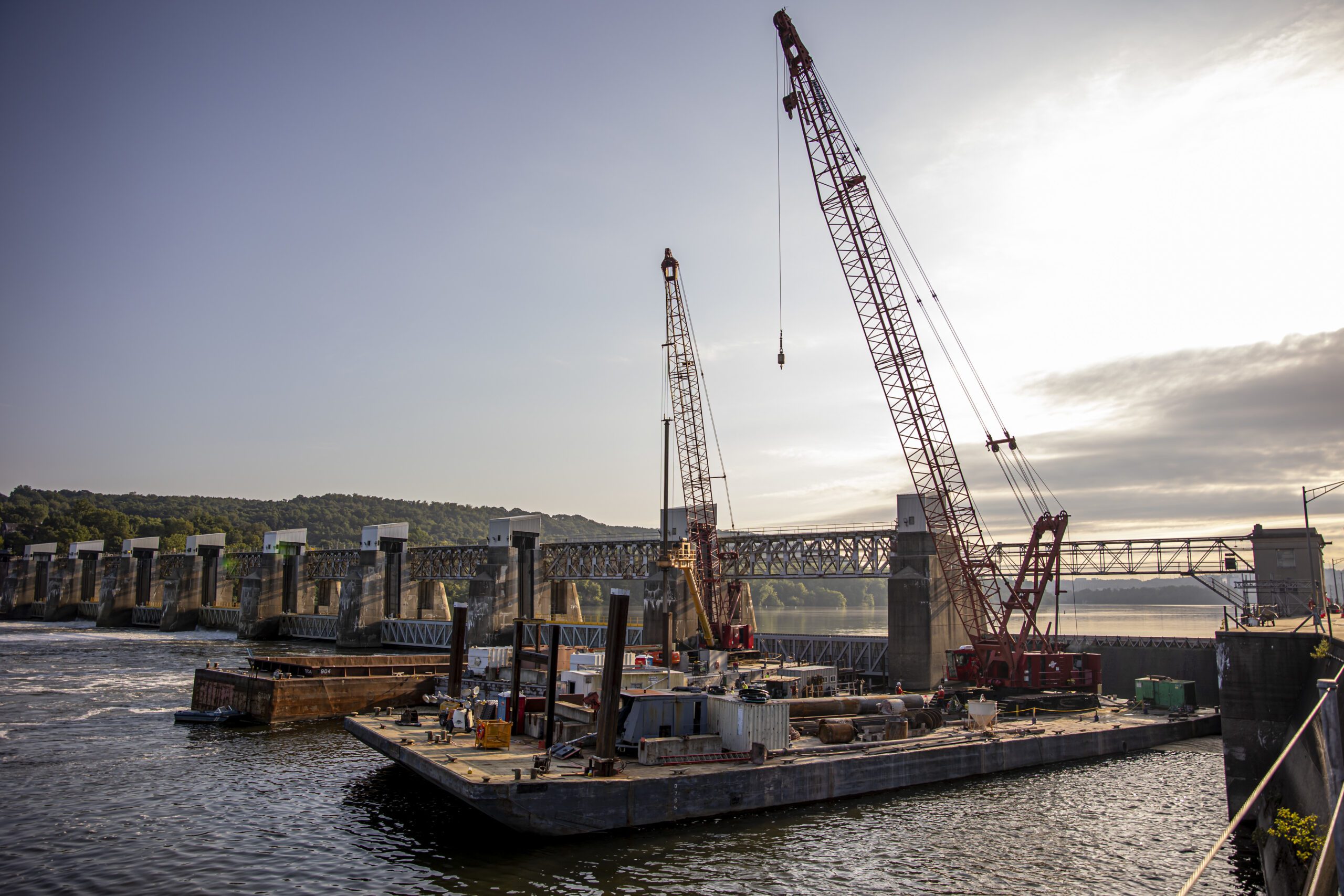Table of Contents
Importance for Dredging Companies
The Water Resources Development Act (WRDA) is a crucial piece of legislation for the United States that governs various aspects of water resources management. It includes provisions related to the planning, construction, and maintenance of projects for river and harbor navigation, flood control, and environmental restoration. The key points typically included in the WRDA are:
- Authorization of Projects: WRDA authorizes specific projects related to navigation, flood damage reduction, and ecosystem restoration.
- Funding Allocations: It provides funding guidelines for the U.S. Army Corps of Engineers to execute these projects.
- Policy Updates: The act updates policies regarding how these projects are selected, funded, and executed, including cost-sharing provisions between the federal government and local stakeholders.
- Environmental Considerations: WRDA often includes measures for environmental protection and restoration, which might include provisions for handling contaminated sediments or restoring natural habitats.
- Local and Regional Impact: The bill can also address specific local or regional water resource concerns, offering support or modifications tailored to particular needs.
Dredging companies are particularly interested in WRDA for several reasons:
- Project Authorization and Funding: As WRDA authorizes and sets funding levels for water resource projects, it directly impacts the volume of available work for dredging companies. These projects typically require extensive dredging for the construction and maintenance of navigable waterways, which are critical for trade and transportation.
- Regulatory Changes: Any changes in environmental or operational regulations within WRDA can affect how dredging companies plan and execute their projects. This includes modifications to permitting processes or environmental safeguards.
- Long-term Planning: Since WRDA provides a roadmap for future water resource projects, dredging companies use this information for strategic planning and resource allocation.
- Business Opportunities: With each reauthorization of WRDA, new projects and funding are introduced, creating opportunities for bidding and business expansion for these companies.
In essence, WRDA not only shapes the landscape of U.S. water resources management but also plays a significant role in defining the operational and business environment for the dredging industry.
